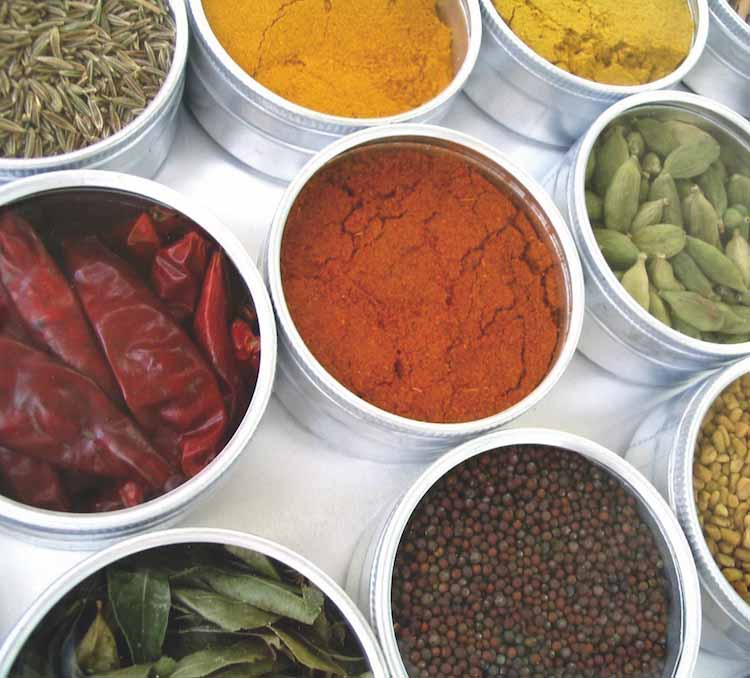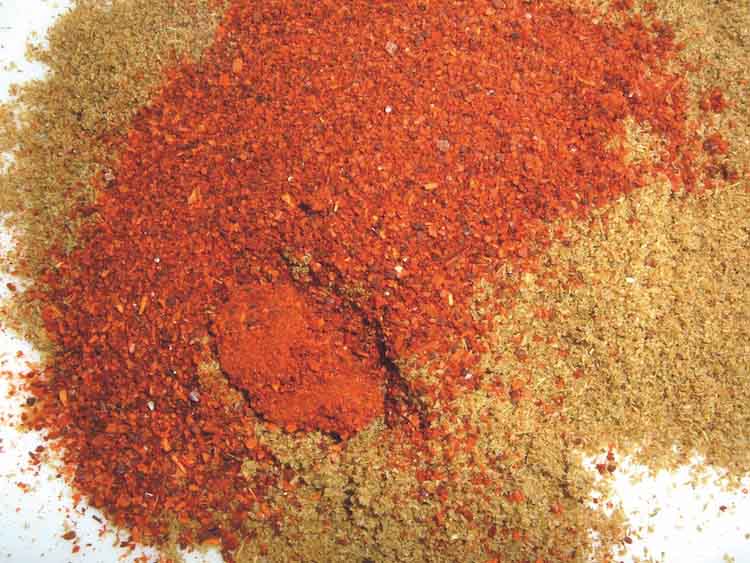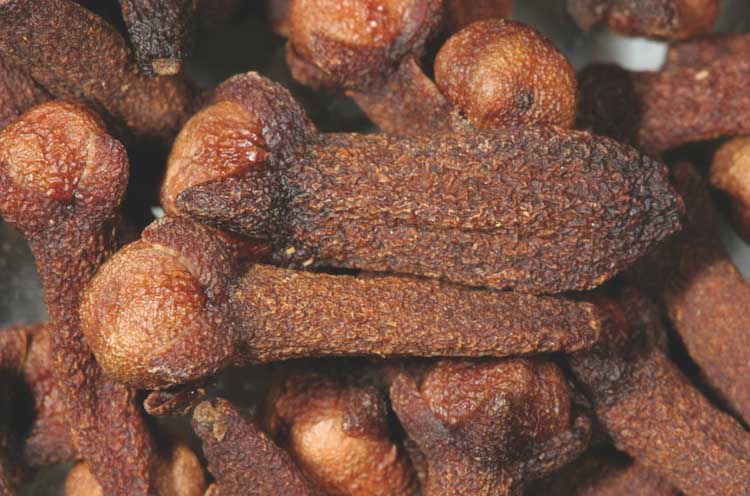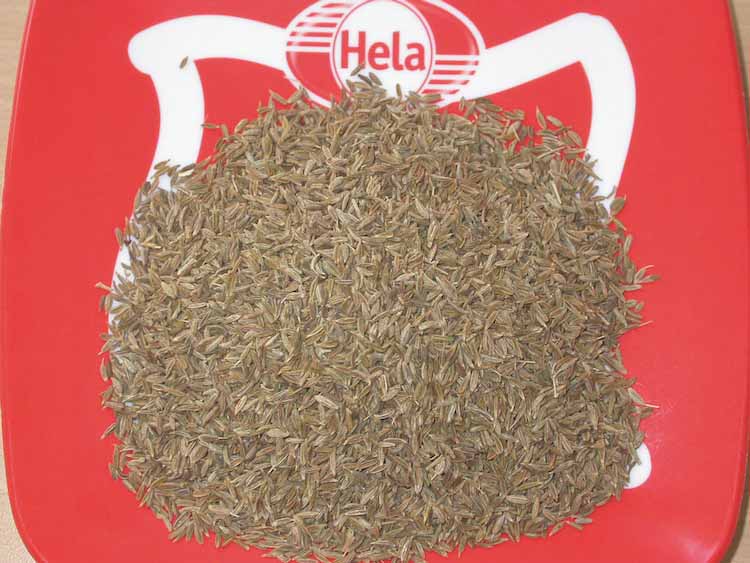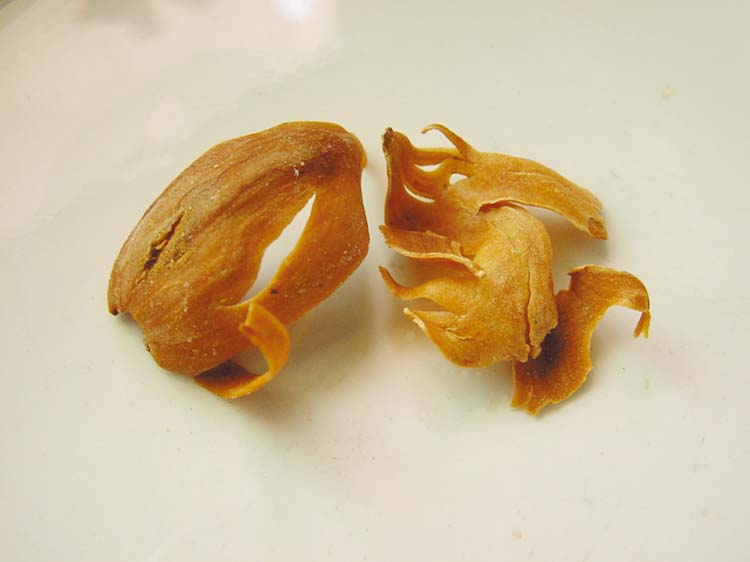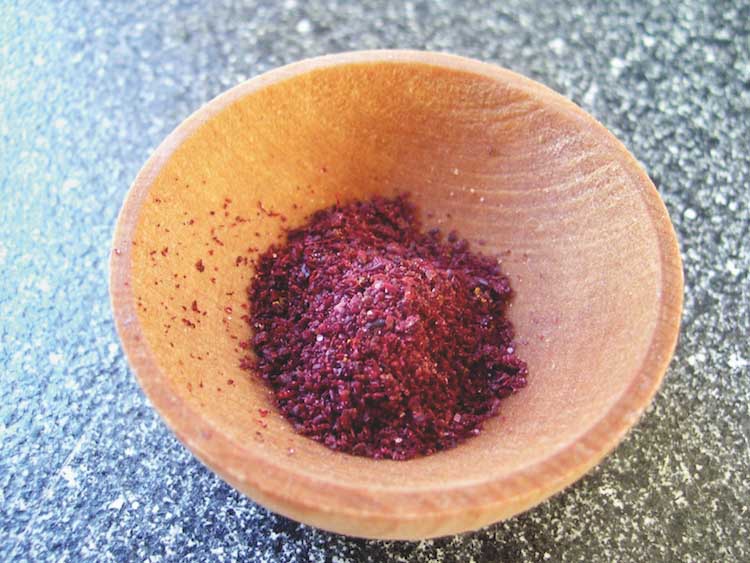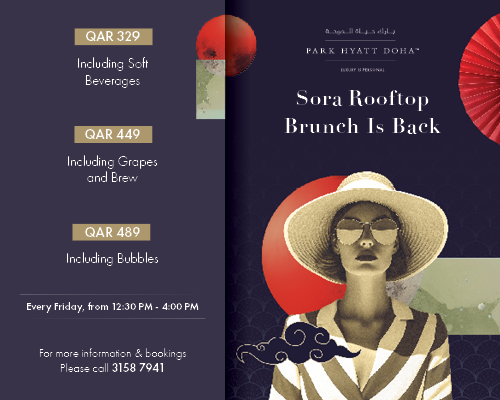Another attraction that brings people to Souq Waqif, aside from restaurants and coffee shops, is the ‘old market’ feel you get when you roam around its mud rendered walls and exposed timber beams lined by quaint shops. The actual market area seems a bit confusing but once you’ve found your bearing, you’re likely to be charmed by the friendly vendors and storekeepers. You’ll find a dedicated section for spices and you’ll be amazed by the mixed smell of aromatic herbs and dried spices available for sale.
Spices play an important part in many dishes in Arabic cooking and every cook will make sure to purchase spices that are of the best quality in small amounts to preserve their freshness. Many people prefer to use whole spices, which they can then grind at home as the occasion demands.
A visit to Souq Waqif will introduce you to spices from around the world with their distinctive aroma. This wonderful display is a legacy from Qatar’s long association with the sea when dhows trading pearls with India and Africa brought back spices and dishes that have since become part of the local cuisine.
We’ve compiled a list of essential spices commonly used in Arabic cooking to guide your shopping.
Allspice (fulaifila) A cured, unripe berry from a tropical evergreen tree originally from southern Mexico and Central America. It has an aromatic flavour and a hint of heat. The seeds add a good, all-around spicy flavour to meat dishes.
Black Limes (loomi aswad) Whole dried lime fruit boiled in salt water and sun dried. While not strictly a spice, black limes are often used together with spices to sharpen the taste. Whole limes are pierced to release the flavour, but be sure to remove the pips before adding to your dish.
Black pepper (filfil aswad) Pepper should always be purchased as seeds then ground at home to get its full flavour. This is one of the most popular spices in Arab cooking.
Cardamom (hael) Small pods containing tiny black seeds with strong aromatic flavour. You can chew a pod after a meal to aid digestion, but swallow only the seeds. The pods can be used whole or split, and the seeds whole or ground. Cardamom is a popular additive to Arab tea and coffee as well as savoury and sweet dishes. Fresh cardamom pods are green in colour.
Chilli (filfil ah’mar) Hot in colour and flavour! Chilli powder is what gives the ‘kick’ to spicy foods in the Gulf. It comes in varying degrees of strength; cayenne pepper is not, in fact, a pepper. Ground red chillies are extremely hot.
Cinnamon (qarfa) Made from the bark of a tropical tree. Sold in long, thin rolls, or ground in powder form. It can be used for both sweet and savoury dishes.
Cloves (qurinfil) Dried, unopened flower buds that can be used whole or ground to flavour meat, chicken or rice. Available ground and in seed form. It has a pungent flavour and should be used sparingly.
Cumin (kamoon) Seeds are used whole in rice and bread or ground in curry-like dishes. It complements coriander in some dishes, particularly those curry-based dishes from India.
Masala (for chicken or fish) A much milder Middle Eastern adaptation of the Indian mixture of ground spices. There are many different combinations but most contain black pepper, cardamom, cumin, cloves, cinnamon and nutmeg. In addition, it is often used as one of the ingredients of biryani.
Mace (jarkon) Lacy, orange covering of the nutmeg seed. Look for whole nutmegs, which still have the mace attached; otherwise, you can buy it ground. Milder in flavour than nutmeg, it is used in both sweet and savoury dishes.
Nutmeg (jose al teeb) At its best when bought whole and freshly grated for each use. It can be added to both sweet and savoury dishes.
Saffron (zaff’aron) Dried stigmas of a crocus flower, saffron threads impart a delicate flavour and add yellow colour to dishes. It is widely used in cooking rice. The best saffron in Qatar is from Iran. This is the most expensive spice in the world.
Sumac (soomak) An essential ingredient in Middle Eastern cuisine, sumac is used in spice rubs, marinades and dressings, and is also served as a condiment. Usually sold as a coarse or fine powder, it is produced from the dried berries of a shrub common throughout the Middle East. It has a pleasant tangy taste with a hint of citrus.
Turmeric (kurkum) This plant belongs to the ginger family. The ground rhizome should be used sparingly. It gives a slightly sweet taste and a deep yellow colour to rice and chicken dishes. Use with care as it can stain.
Related Link:
A Walkthrough Guide in Discovering Souq Waqif
Copyright © Marhaba Information Guide. Reproduction of material from Marhaba Information Guide’s book or website without written permission is strictly prohibited. Using Marhaba Information Guide’s material without authorisation constitutes as plagiarism as well as copyright infringement.



